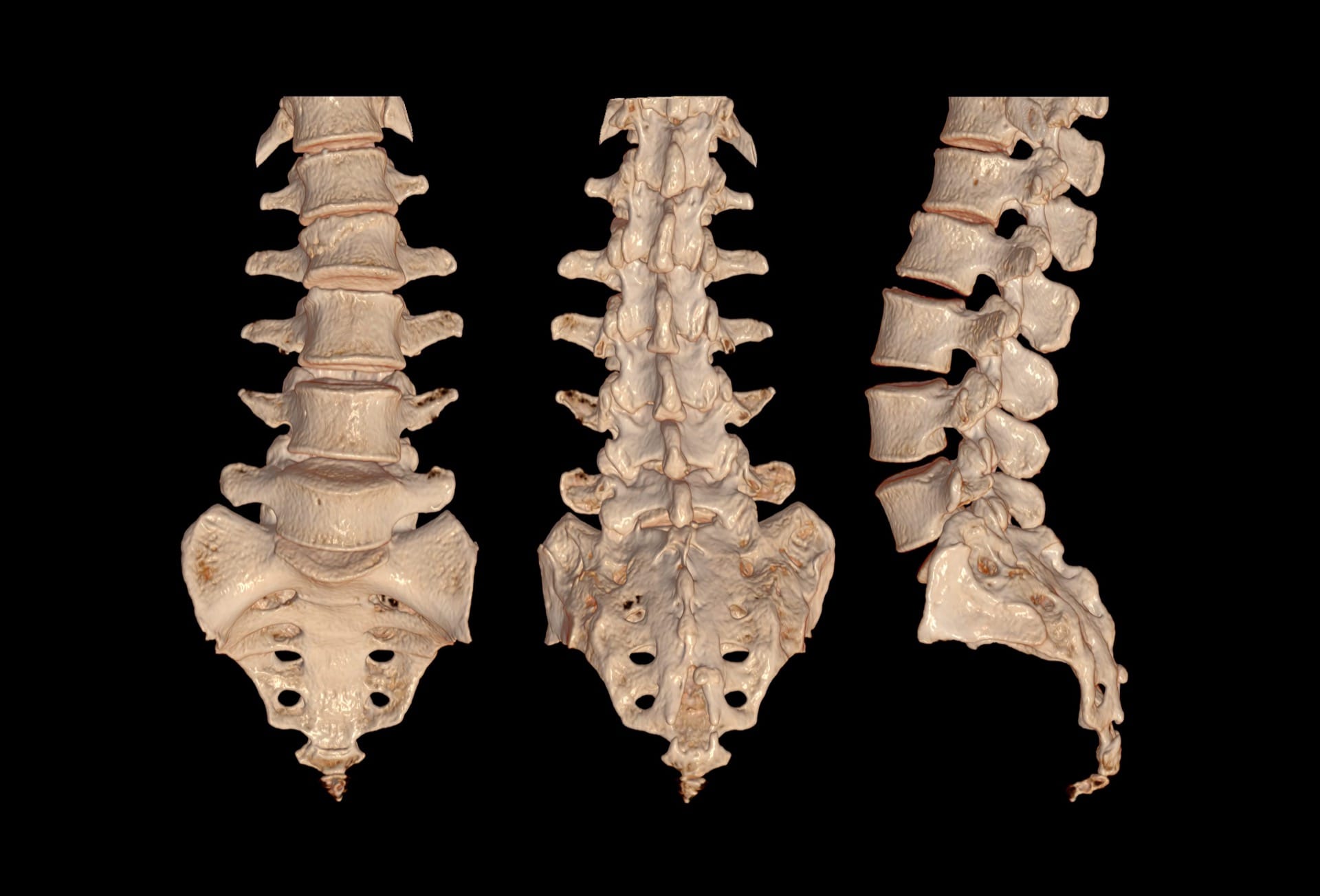
Spinal compression is a serious issue that can lead to increased pressure on the nerves in the spine. This pressure causes widespread pain, mobility problems, and a range of other symptoms that can lead to a decreased quality of life, an inability to maintain a stable job, countless missed opportunities to pursue hobbies, and more. When spinal compression starts causing neurological problems, removing small pieces of the spine, known as lamina, may be the best approach to quick and lasting relief.
What Is a Lamina?
A lamina is a small piece of vertebral bone that covers the spinal canal and protects the nerves below it. When the spine narrows or compresses, the lamina no longer sits properly and can cause significant pain. When removed, the patient may need to have a spinal fusion (often done in tandem with a laminectomy) in order to give the support that the lamina had previously provided.
Understanding Laminectomies
A laminectomy is performed in order to create more space in the spinal canal to relieve pressure on the nerves. This common procedure is often referred to as decompression surgery because the main goal of the surgery is to relieve the spinal cord and spinal nerves of the pressure that they are suffering from.
The surgery involves removing the problem lamina through a small incision. This is a significant procedure, but working with an experienced doctor is one of the best ways to get positive results with minimal risk.
Why Get a Laminectomy?
There are a number of ways that pressure on the spinal nerves can increase to the point of serious problems for the sufferer, at which point a laminectomy may be the most logical option to provide relief. Depending on the situation, the patient and their doctor may work through a series of non-invasive practices like physical therapy, corticosteroid injections, and more to help alleviate the pain, but if they are unsuccessful, then a laminectomy may be the solution.
These procedures are commonly performed on people who suffer from arthritis or bone spurs that cause overgrowth in the spinal canal, but there are plenty of other individuals who may not suffer from either that are candidates for this procedure. Spinal pressure is also commonly associated with aging.
When the pain this pressure causes is unbearable and leads to significant strength and mobility issues, a doctor may recommend a laminectomy. Indicators that it may be time to consider invasive surgery include the inability to manage pain with medication or physical therapy, weakness or numbness that make basic activities difficult, or loss of bladder and bowel control
Patients with herniated discs are also candidates for laminectomies because they can provide access to the affected disc. As with any type of surgical procedure, the patient will work closely with a doctor in order to explore all options before committing to this option. Working with a specialist who understands the many factors and variables that must be considered is essential to getting the care and treatment you deserve. CarAccidentAttorney.com is an attorney and medical referral service that can connect you with an experienced and certified professional in your area.